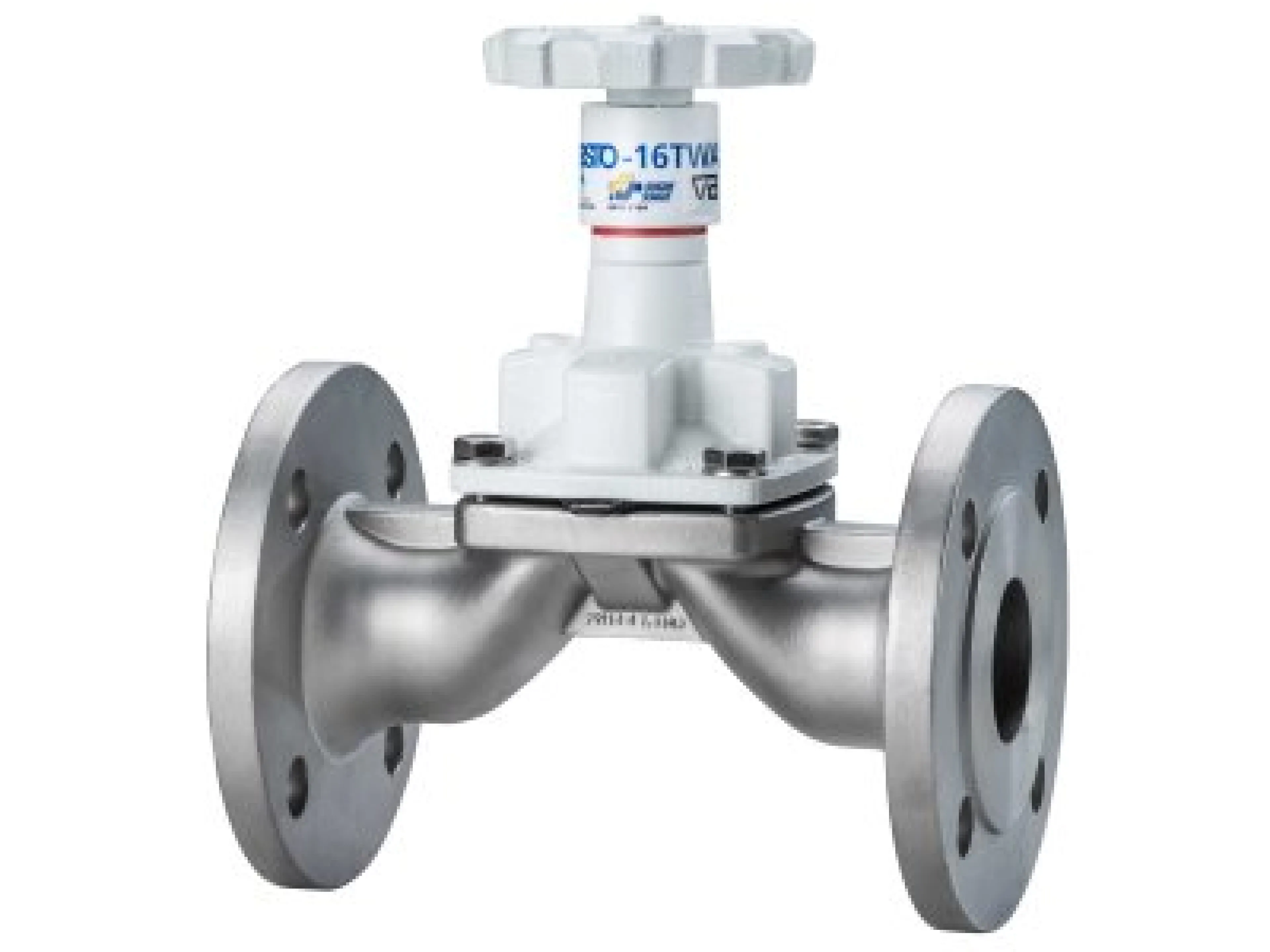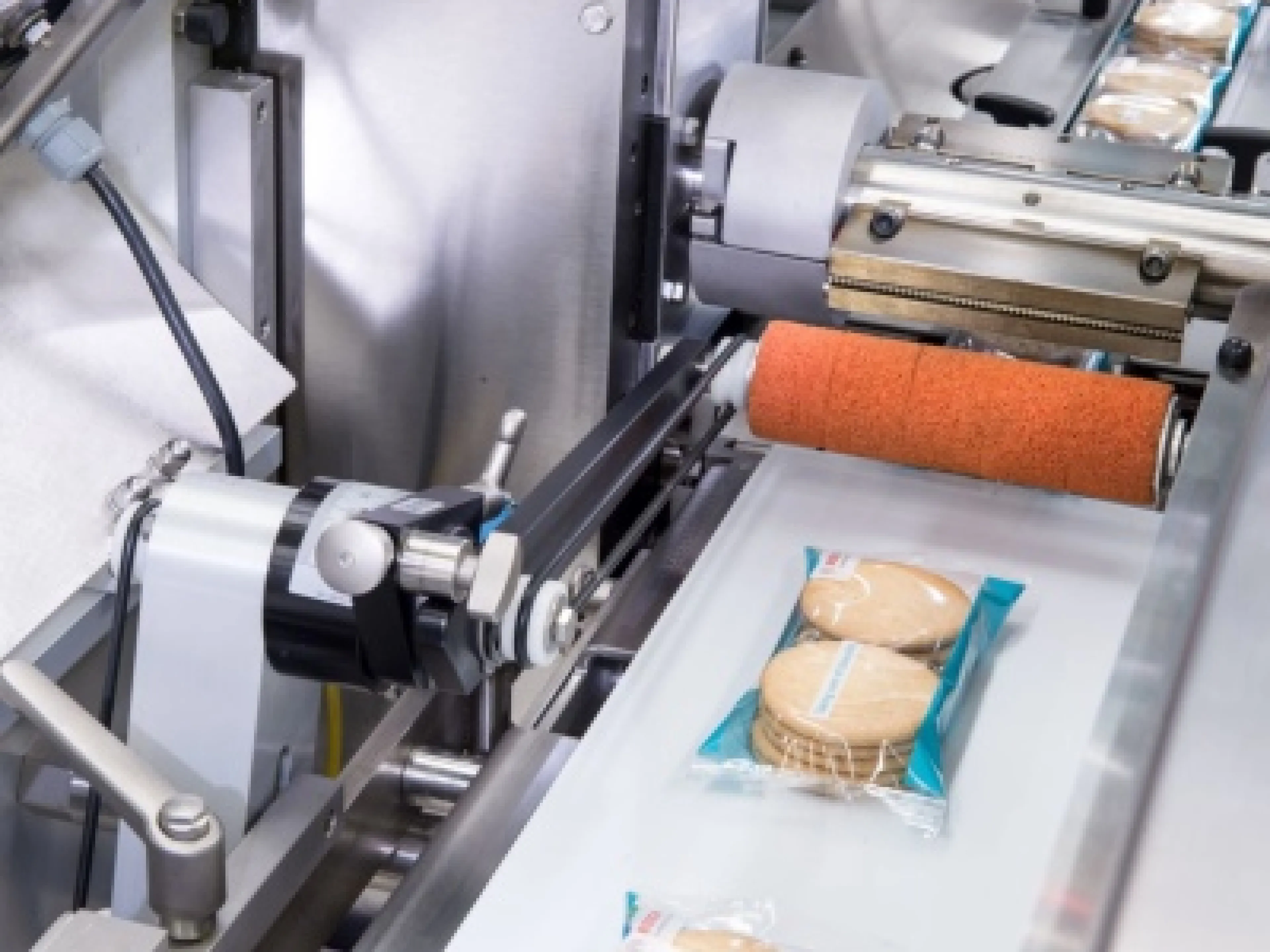
At Utech Europe 2021, Lanxess will be showcasing its most comprehensive ever product portfolio for the polyurethane industry. The trade fair will be taking place from November 16 to 18 in Maastricht in the Netherlands. The company will also be unveiling its range of polymer additives, a recent addition to its portfolio since the acquisition of Emerald Kalama Chemical. The wide-ranging portfolio offered by the specialty chemicals company encompasses not only additives like flame retardants, plasticizers, crosslinkers, catalysts and hydrolysis stabilizers but also PU prepolymers for rigid and flexible foams, coatings, elastomers, sealants and adhesives. Recent additions to the Lanxess portfolio include a range of modifiers marketed under the brand name Modulast and specially developed for use in reactive polyurethane systems.
Pure sustainability
At a conference scheduled to be held on November 16 in parallel with the trade fair, employees of the Urethane Systems (URE) business unit will be giving four presentations focusing on sustainable and ecofriendly solutions. The presentations cover the following topics:
- A novel hot-cast / cold-cure system for PU that saves energy and cuts CO2 emissions
- Adiprene Green - A new, bio-based solution for PU elastomers
- Pellart - Water-based adhesive agent systems for surface-treated polyolefins
- Low free urethane prepolymers as the building blocks for high-performance protective coatings
These presentations reflect Lanxess’s understanding of sustainability requirements in the PU industry and concentrate on the use of low free technology, the shift from solvent- to water-based systems, the rising demand for renewable, bio-based raw materials and opportunities for customers to reduce their carbon footprint during the processing stage. “Adiprene low free technology helps to reduce the level of VOC components in the final prepolymer products. In particular, the content of free diisocyanates is reduced,” says Michael Timm, Head of Marketing & Development at URE. The residual monomer content is less than 0.1% by weight.
A hot-cast / cold-cure system for PU saves energy
With Adiprene Green, Lanxess has developed a range of bio-based prepolymers that benefit from the replacement of fossil polyols with commercially available, bio-based polyols. “Our range of polyether-based MDI systems uses starch-based polyether polyols. These systems are ideal drop-ins for existing, fossil-based polyether prepolymers and systems for producing highly resistant polyurethane elastomers,” says Gerald King, Head of Application Technology EMEA at URE. Depending on the system, the carbon footprint can be anywhere between 20% and 30% lower than that of fossil-based prepolymer systems.
With Pellart PR 28 and Pellart PR 29, Lanxess Urethane Systems has developed a range of new adhesive agents for polyolefin-based materials in order to drive the transition toward water-based solutions. These primers act as an adhesive bridge between the substrate and adhesive/coating to ensure a highly durable bond. In combination with crosslinkers like Trixene Aqua BI 201 (blocked) and Pellart XL 210, these adhesive agents exhibit outstanding physical and chemical properties such as exceptional adhesion on pretreated polyolefin surfaces and to adhesives. They are characterized by their high heat and hydrolysis resistance and high initial strength.
Smart and sustainable flame retardant for foam in construction applications
The increasing global awareness of climate change and energy consumption is expected to lead to heightened interest in rigid polyurethane foam as an insulating material, a development that would also increase the importance of fire safety in these construction applications. A range of different flame retardants is used in rigid polyurethane foams to fulfill these requirements, with one of the most common and effective groups of flame retardants being phosphorus-based - including chlorinated phosphate esters and halogen-free compounds. At Utech Europe 2021, Dr. Heiko Tebbe, Head of Application Technology EMEA in the Lanxess business unit Polymer Additives (PLA), will be holding a presentation entitled “New Phosphorus-Based Flame Retardants for Rigid Polyurethane Foams.”
In his presentation, which is scheduled to take place on November 17, 2021, he will be talking about Levagard 2000 and Levagard 2100, two new, Lanxess-developed, phosphorus-based flame retardants. The performance of these products in rigid polyurethane foam formulations is demonstrated in a comparison with other common flame retardants. Tebbe will also be highlighting the effectiveness of the new flame retardants in flammability tests and explaining the impact of these products on processing, stability and foam properties. The results show that the new flame retardants can play a vital role in fulfilling requirements regarding rigid polyurethane foams.
Lanxess is offering the industrial sector a broad range of flame retardants, including the phosphorous-based brands Levagard and Disflamoll along with the reactive, bromine-containing product PHT4-Diol. In the construction industry especially, the compounds are vital components of sustainable flame retardant solutions. Especially polymeric and reactive flame-retardant additives meet the current requirements of environmental protection and health, without this resulting in compromises in fire protection characteristics.
Performance improvements as a response to delivery bottlenecks
Raw materials are in short supply, while pandemic-related delivery bottlenecks are affecting supply chains in a whole range of industries. Thanks to Modulast modifiers, however, the use of polyols and isocyanates in the formulations can be reduced in both TPU and Case applications and, at the same time, physical properties can be improved. Modulast PUR is a dibenzoate with the highest degree of purity and the lowest hydroxyl content on the market. The modifier ensures exceptional color in the finished product, is low-odor and offers improved permanence. To an extent, Modulast Pur can also be used as a substitute for the more expensive polyols in formulations. The high-performance modifier Modulast ACE is characterized by its consistently low hydroxyl content. It is an excellent choice for high-performance applications requiring low odor, extremely low exudation and good rebound and compression set.









